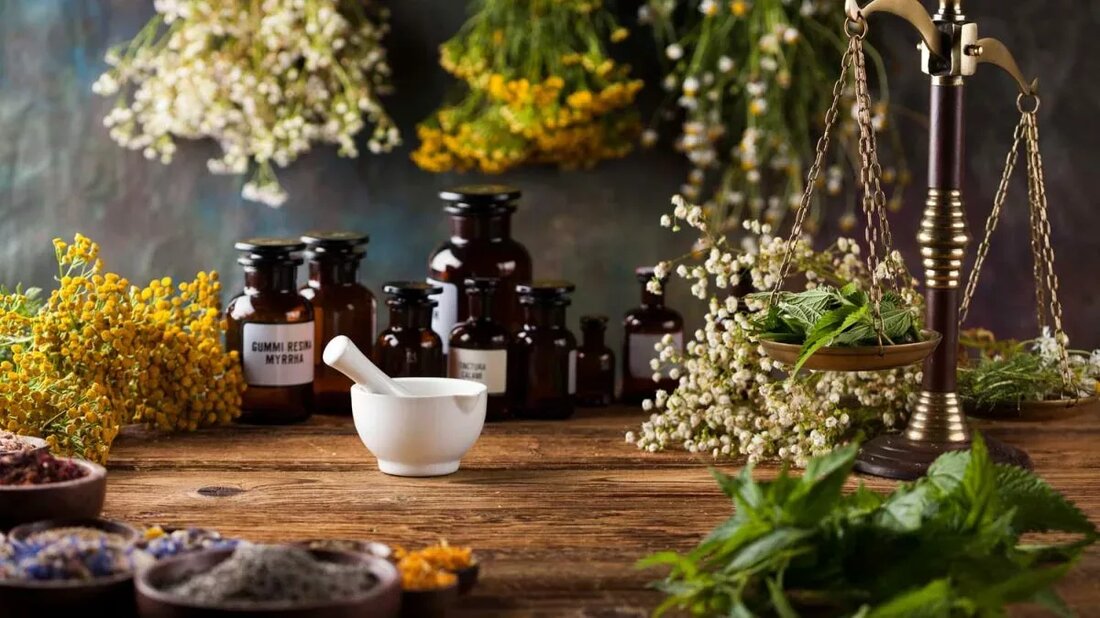How to Determine Which Essential Oils Are Really Your Best Natural Remedies
For many years, doctors in France have used the aromatagram to determine which essential oils work best against each patient's particular infection. The doctor uses petri dishes to sample different oils on a patient's primary infection. Those that work best in vitro (fighting infection in the laboratory incubator) are then used in vivo (in therapy with the patient). In America, most essential oil users simply turn to a reference book that contains a long list of conditions for which each oil is said to be suitable. Essential oil therapy for every condition on the list appears to be just as effective...

How to Determine Which Essential Oils Are Really Your Best Natural Remedies
For many years, doctors in France have used the aromatagram to determine which essential oils work best against each patient's particular infection. The doctor uses petri dishes to sample different oils on a patient's primary infection. Those that work best in vitro (fighting infection in the laboratory incubator) are then used in vivo (in therapy with the patient).
In America, most essential oil users simply turn to a reference book that contains a long list of conditions for which each oil is said to be suitable. Essential oil therapy for every condition on the list appears to be just as effective as any other. But they are not. Then, when we try them, we wonder why a particular oil doesn't work for us and we lose trust in these amazing aromatic gifts of nature. This lax approach to medical aromatherapy is giving our entire industry a black eye.
For example, in the Network Desk "Desk References" you will see certain well-known and expensive oils such as frankincense, which are highly praised for their effectiveness against fearsome diseases such as cancer. However, in French medical literature, frankincense is mentioned for many important purposes, but cancer is a question mark next to it.
It's easy to see why enterprising network marketing companies like DoTERRA and Young Living want all of their distributors to invest in a large collection of oils and reference books that claim a long list of miraculous cures for virtually everything. I have attended casual meetings for these companies where fantastic claims were made and verified with story after story. In my experience, many of these stories had to be made up. But the fact is, according to verifiable science, not all of them work as well as these books and dealers claim for everything on the list.
A simple solution is to go back to the French medical reference books and use some of their research to rank the oils according to their effectiveness. For example, in some French texts you will find a series of plus signs indicating the effectiveness of a particular oil or blend of oils. Four or five plus signs (++++) indicate an exceptionally effective oil for a particular use. Three crosses is an excellent oil, but two or fewer crosses indicates only good to modest value. You will also find these signs that indicate how effective a particular essential oil treatment is for different conditions and different methods of use.
It's fascinating to make a list of the conditions for which essential oils are most beneficial. For example, you will hear network marketers praising oils for common, well-known diseases such as diabetes, which only have two plus signs in French literature. You'd be better off focusing on a much more effective and predictable use of up to five plus sign essential oils. They are exceptional for flu, shingles, insect bites and first and second degree burns.
When we overpromise and underpromise the effectiveness of essential oils, we become an embarrassment to those who practice predictable alternative medicine.
Here is my suggestion for those looking for real value for their essential oils and I promise you will truly find remarkable therapeutic value. Check out the top dozen best-selling oils. Learn everything you can about her. Order them and use them to see how effective they are in your life. Due to your specific health conditions, you may not need oils for joint pain, but you may need more oils for infections. You may find them more effective for relieving stress or calming stomach upsets.
Study the success stories that show the most popular uses of the oils. If you see a lot of stories about headaches but few stories about diabetes and cancer, you can guess which applications are the most reliable.
Here are my ten cheapest individual oils that have a lot of plus signs in the French medical literature. I use these all the time: 1. tea tree, 2. lavender, 3. peppermint, 4. spearmint, 5. geranium, 6. basil, 7. oregano, 8. thyme, 9. lemon, 10. eucalyptus radiata, 11 frankincense and 12. fir. I also have my favorite blends for the following uses: 1. breathing, 2. calming and relaxation, 3. infection, 4. digestion, 5. pain, 6. foot massage and 7. exercise recovery and 8. general massage.
These oils always work for me, I don't have to guess what they will do. I can rely on them and don't try to invent fantastic, popular-sounding ways to use them just so I can sell more. There are many more oils that will become your favorites as you try them, but get the basic ones first and learn to use them.

 Suche
Suche
 Mein Konto
Mein Konto
